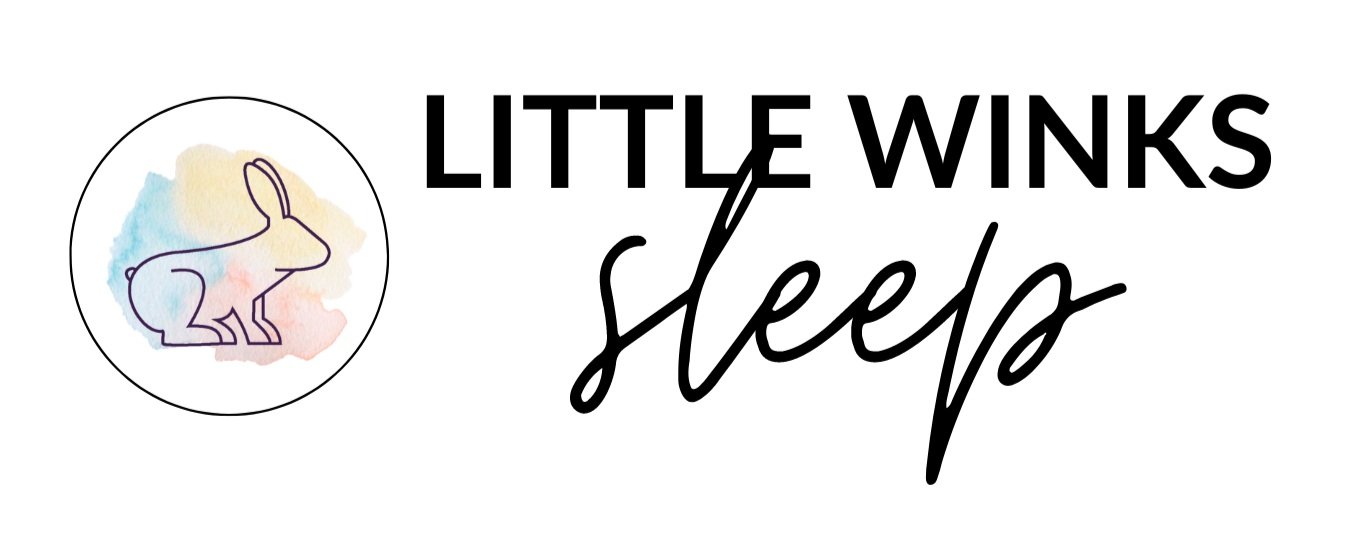Baby's Got Separation Anxiety? 4 Must-Know Tips for Moms to Deal and Win
Oh, the joys of separation anxiety. You know, that moment when your baby suddenly loses it the second you step out of the room and makes you feel like the world’s worst parent for daring to *leave them* with someone else? Yep, we’ve all been there. It’s like your baby’s new job is to make sure you never leave their sight.
But don’t panic. Separation anxiety is a totally normal stage in baby development, and it’s actually a good sign that your little one is forming a healthy attachment to you. That doesn’t make it any less exhausting, though. So, let’s break it down with four things every mom should know to survive—and even embrace—this phase. (Spoiler: It won’t last forever, promise!)
1. It’s All About "Object Permanence" (aka Baby Realizes You’re Not Magic)
Separation anxiety typically hits around 6-8 months, and here’s why: this is when babies develop something called *object permanence*. In simple terms, it means that your baby starts to realize that just because something’s out of sight, doesn’t mean it’s gone. Gasp! Suddenly, your disappearing act is no longer cool. When you walk out of the room, your baby’s brain goes, “Wait a minute—where did mom go? What if she doesn’t come back?!" Cue the tears.
Up until this point, you could leave the room without them batting an eye. But once they get the idea that you actually exist even when you’re not in sight, they start to worry that you’ve left them forever.
So, don’t stress. This is just your baby’s brain firing on all cylinders and learning that the world keeps spinning when you’re not physically present. It’s a milestone. But yeah, it feels a little like you’ve become the villain in their eyes for a few weeks. (And if you ever needed an excuse to cuddle your baby even more, this is it.)
2. Stick Around for a Little While (Sorry, You Can’t Sneak Away)
We’ve all been there: your babysitter arrives, and you try to make a quick exit without your baby noticing. You know, like a stealth ninja. But guess what? That never works. Sure, you think you’re being sneaky, but all you're really doing is increasing your baby’s anxiety by leaving without a word.
Here’s the deal: when someone new person arrives to watch your baby, plan to stick around for a bit. Let them see that this person is a “safe” person, and that you’re not abandoning them forever. It’s like teaching them the basics of the adult world—not everyone who comes into their life is going to disappear the moment they turn their back.
Give your little one time to warm up to the sitter (or grandma, or whoever), and even if it’s just for 10-15 minutes, it’ll reassure them that everything’s okay. So, don’t rush the goodbyes—let your baby have a little time to process before you head out.
3. Face the Music: Say Goodbye (And Don’t Sneak Away)
We get it: Saying goodbye is hard😩 when your baby is in full meltdown mode. But trust us on this one: it’s better to always say goodbye than sneak out without a word. You’re teaching your baby that it’s okay for you to leave, and more importantly, that you’ll always come back.
Sure, they’ll cry. But here’s the thing: that meltdown is actually a normal part of the process. When you say goodbye, it sets the expectation that you’ll be gone for a while—and then you’ll return, just like you said you would. Sneaking out might feel easier in the moment, but it just causes more stress for everyone involved.
So, take a deep breath, say your goodbyes, and remember: it’s not forever. You’ll be back, and eventually, your little one will get used to the idea.
4. Establish a Goodbye Routine (Because Predictability = Less Drama)
Just like babies thrive on a bedtime routine, they also do better with a consistent goodbye routine. Whether it’s a special hug, a kiss, or a key phrase like, “Mommy will be back after your nap,” a predictable goodbye can help your baby feel more secure.
Instead of saying, “I’ll be back in a little while,” use something more concrete that relates to their schedule: “I’ll be back after snack time” or “When you wake up from your nap, I’ll be here.” The more they can connect your comings and goings to their own routine, the less anxiety they’ll feel. It’s like giving them a little roadmap for the day.
Keep it short, sweet, and reassuring. The goal is to make the transition smoother, not add to the drama. And trust me, they’ll appreciate knowing that when you say “I’ll be back after lunch,” it actually means “Mom’s not abandoning me forever.”
---
Final Thoughts: Separation Anxiety = Healthy Attachment (Even If It’s Super Hard)
Separation anxiety is no fun, but it’s a good thing in the long run. It’s a sign your baby is attaching to you in a healthy way and is developing cognitive skills to understand that when you leave, you’ll come back. But don’t worry, it won’t last forever. In fact, the more consistent and reassuring you are, the quicker your little one will feel confident that you are always coming back.
So hang in there! It’s a phase, and with some patience (and a predictable goodbye routine), you’ll get through it. And hey, if you need extra help with baby sleep—whether it’s navigating separation anxiety or just getting more sleep in general—check out my **Free Infant Sleep Class**. We’ve got all kinds of tips for getting your baby to sleep better (so you can finally get some sleep too!).
For more information on Separation Anxiety Around Sleep, check out this video!
Sleep Sweetly,
Anna



